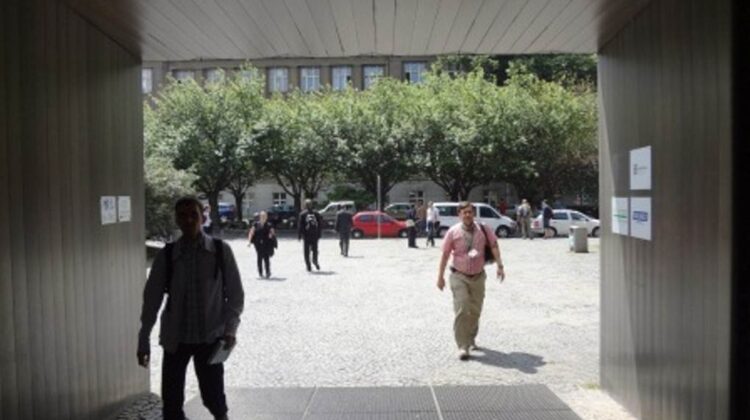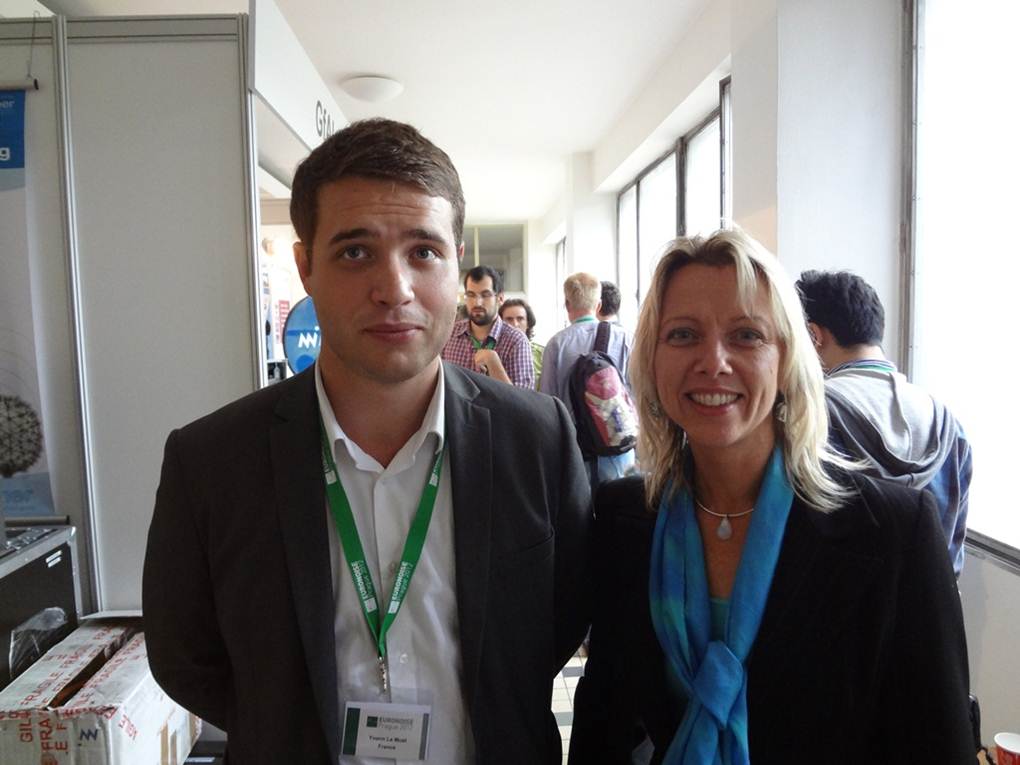
Building session
Murray Hodgson chaired the interesting session focusing on sustainability. It is surprising that this subject and session were not bigger and perhaps also an indication of what still needs to be done to raise awareness and make sure acoustics give a higher standing in sustainable buildings. Perhaps an opportunity for the acoustical societies to be more influential when it comes to setting future environmental credits to encourage the best acoustics (with acoustic credits for going beyond minimum compliance) in future sustainable buildings.
The session included;
Measurement and Prediction of the Acoustical and Airflow Performance of Interior natural-Ventilation Openings and Silencers
Chris Bibby, Murray Hodgson.
Murray opened the session himself with a detailed study on attenuating ventilation ducts and where it is beneficial to have 90-degree turns depending on the wavelength and duct height.
Impact of the New French Thermal Regulation on Office Indoor Environments: Combine Innovative Cooling Technology and high Acoustic Demand.
Y. Le Muet, R. Machner
You went through the recent development of the French standards over the last 10 years and then described how to apply acoustical treatment to rooms where the structure is exposed to improve thermal efficiency. In offices, it is possible to meet high levels of acoustic performance in the mid and high frequencies with free-hanging absorbers whilst exposing enough of the soffit for thermal convection and radiation.
Random-Incidence Absorption and scattering Coefficients of Low Growing Vegetation
Hong-Soek Yang, Chris Cheal, Jian Kang
Laboratory-Based Experiments Investigation of the Acoustical Characteristics of Vegetated Roofs
Maureen Connelly, Murray Hodgson
It was interesting to note that water drainage needs to be managed here as it was found that laying water has a detrimental effect on the performance and needs to be removed. A significant performance drop was noted after planting vegetation in the soil which should be noted.
Sustainable Buildings – Acoustic Requirements in Schools and Responsible Development of Materials
A. Dulaurent, E. Nilsson, C. Campbell
Alina highlighted the limitations of both LEED and BREEAM for schools, from an acoustic perspective with so few credits available. there is also no incentive to improve acoustic performance which could mean highly accredited buildings being handed over with poor acoustics. This in turn may mean the building is not socially sustainable long-term which makes these accreditation systems highly questionable from an acoustic perspective.
The French HQE accreditation is set out on three levels which encourage higher acoustic performance and it also goes beyond basic reverberation time levels to recommend other human subjective qualities including speech clarity and sound levels which are more relevant when it comes to providing good acoustic environments for teaching and learning.

Yoan Le Muet, Concept Developer, Ecophon France & Alina Dulaurent, Environmental Expert, Ecophon AB

